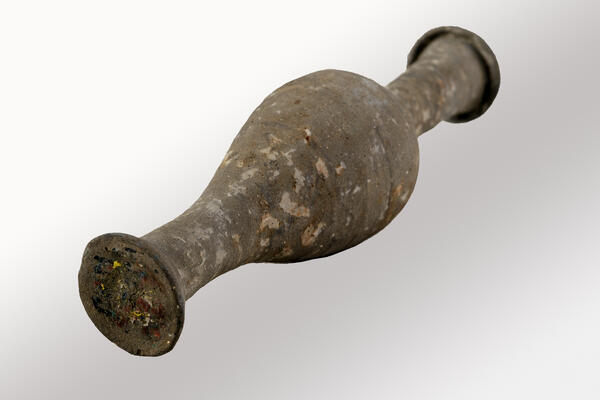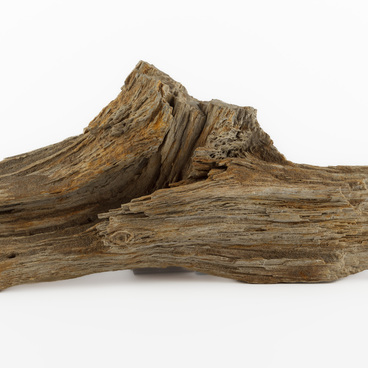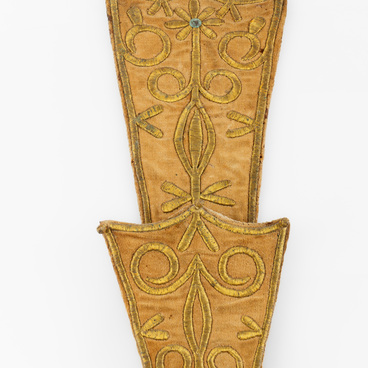Ancient Greek civilization played a fundamental role in world history. During the Greek colonization period, its culture attained a wide reach and expanded to include the Black Sea coast of the Caucasus. The expansion included not only the achievements of science and culture, but also such everyday objects such as ceramic vessels. They were used in different ways — as tableware, transport and storage vessels, drinking bowls, bottles for oil, incense or ointments. Merchants used ceramic pithoi for storing products in warehouses, and jugs and amphorae for transportation. Special vessels were used to store incense oils and liquids for rituals and libations. Pottery accompanied people throughout their life in all ceremonies, including burial rites.
In ancient times, a funeral ritual was not just a way to pay the last tribute to the deceased — it prepared the soul and body for a new state and a journey through the world of the dead. The deceased continued to live beyond the physical death of the body and had to enter the eternity in a correct way, so as to find peace and bring no misfortune to his family and descendants.
Washing and anointing a dead body with perfumes symbolized both physical and spiritual cleansing, so that the deceased could appear before the gods in a proper way. Unlike the Greeks, the Romans did not anoint a dead body with oils, but placed a balsamarium with aromatic substances next to it. It not only symbolized ritual cleansing, but also served as some kind of offering to the deceased. In the first centuries of our era, balsamaria gradually disappeared from graves with the rise of Christianity and the return of the Greek burial tradition.
The balsamarium from the museum exhibition, along with some other burial items, was found by Alexander Kobzev, a fifth grade student of school No. 8. The vessel was discovered on the territory of the “Blue Wave” sanatorium, in the western resort area of Gelendzhik.
In ancient times, a funeral ritual was not just a way to pay the last tribute to the deceased — it prepared the soul and body for a new state and a journey through the world of the dead. The deceased continued to live beyond the physical death of the body and had to enter the eternity in a correct way, so as to find peace and bring no misfortune to his family and descendants.
Washing and anointing a dead body with perfumes symbolized both physical and spiritual cleansing, so that the deceased could appear before the gods in a proper way. Unlike the Greeks, the Romans did not anoint a dead body with oils, but placed a balsamarium with aromatic substances next to it. It not only symbolized ritual cleansing, but also served as some kind of offering to the deceased. In the first centuries of our era, balsamaria gradually disappeared from graves with the rise of Christianity and the return of the Greek burial tradition.
The balsamarium from the museum exhibition, along with some other burial items, was found by Alexander Kobzev, a fifth grade student of school No. 8. The vessel was discovered on the territory of the “Blue Wave” sanatorium, in the western resort area of Gelendzhik.




